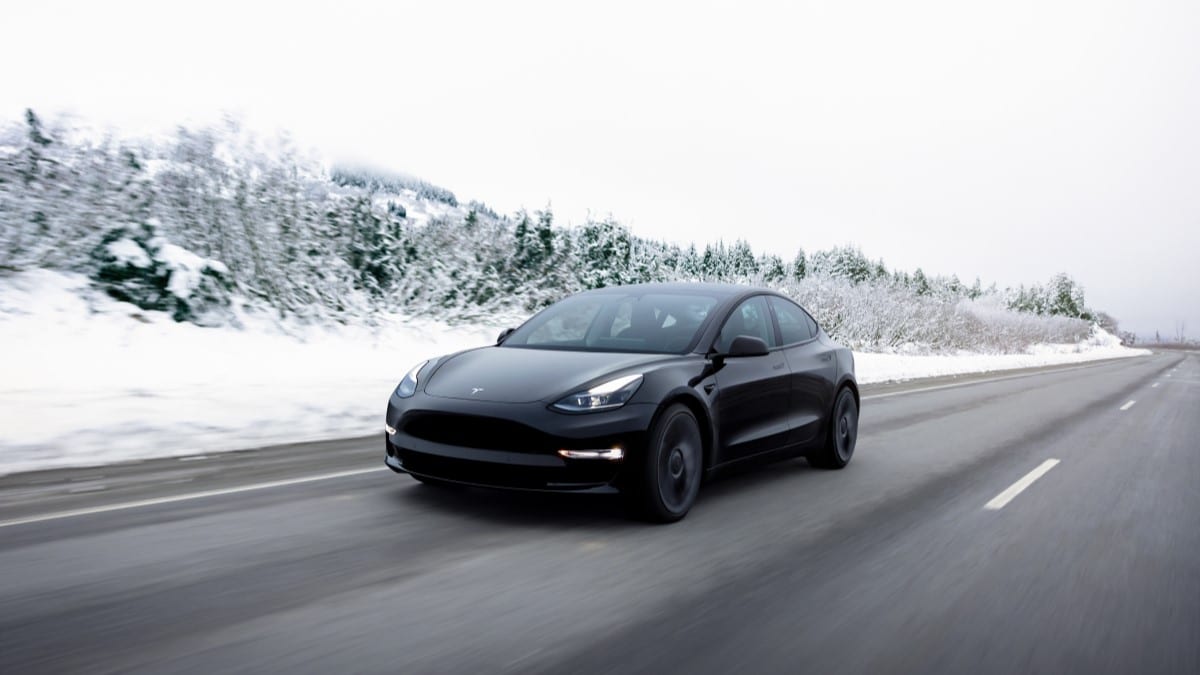
All cars lose range in cold weather. That matters less, though, when you’re driving a gas-powered car. You can gas up in two minutes. In an electric vehicle (EV), even with the fastest kind of charger, an empty battery can take an hour or more to refill.
Making matters worse is that EV chargers slow down in the cold, too.
Related: Electric Car Charging: Things to Know for Winter
That makes understanding EV range loss critical for drivers in cold weather places.
Take, for instance, Canada.
The Canadian Automobile Association (CAA) recently conducted cold-weather testing to understand range loss in 14 popular electric vehicles.
Their conclusion? Range loss varies radically from one EV to another. The best performers in their testing lost just 14% of their range in the cold – better performance than most internal combustion engines. The EPA estimates that most gas-powered engines lose about 15% of their range in 20-degree weather.
The worst EVs in CAA’s tests lost up to an eye-popping 39% of their range.
About the Test
CAA drivers selected 14 EVs that make up more than two-thirds of electric car sales in Canada. They charged each battery to full, then drove it until empty. “Temperatures during the drive varied between -7 and -15 degrees Celsius [19 and 5 degrees Fahrenheit], representing a typical Canadian winter,” the CAA says.
They compared the actual distance they achieved to the estimated range figure published by Natural Resources Canada, which estimates range according to a formula similar to that used by the American EPA.
They then recharged each at a 350-kW fast charger to see how much the battery could recharge in 15 minutes.
Range Loss Results
No EV achieved its estimated range in such cold weather. But some vastly outperformed others. The Kia EV6 developed a mechanical problem and missed this part of the testing.
* “Calculation was adjusted to reflect that Chevrolet Silverado EV started at 73% state of charge and that Ford F-150 Lightning started at 89% state of charge,” the CAA explains.
Recharging Time Results
The Tesla Model 3 required an adapter, which limited its charging output to 150 kW. Nonetheless, it recharged more efficiently than any other vehicle. The Honda Prologue developed an error and could not complete this part of the test.
| Model | Miles Added in 15 Minutes of Recharging |
| Tesla Model 3 | 127.4 |
| Chevrolet Silverado EV | 123.7 |
| Chevrolet Equinox EV | 81.4 |
| Polestar 2 | 74.6 |
| Volkswagen ID.4 | 69.6 |
| Ford F-150 Lightning | 67.7 |
| Kia EV9 | 65.2 |
| Volvo XC40 Recharge | 55.9 |
| Ford Mustang Mach-E | 44.1 |
| Hyundai Ioniq 5 | 39.8 |
| Kia EV6 | 36.0 |
| Kia Niro EV | 21.7 |
| Toyota bZ4X | 11.8 |
Cold Weather Test Results Are Inconsistent
CAA’s testing is the third set of cold-weather tests published in 2025. A January study found that the average EV keeps 80% of its range in the cold. A study from Norway found range loss as low as 5%.
The widely varying results show that the automotive industry is just beginning to understand EV range loss in the cold. Battery health may vary widely between two cars of the same make and model.
Kelley Blue Book parent company, Cox Automotive, recently launched the first industrywide effort to track battery health down to the individual car. EVs listed for sale on our sister site Autotrader now include the industry’s only EV Battery Health score accurate to the specific car listed for sale.

